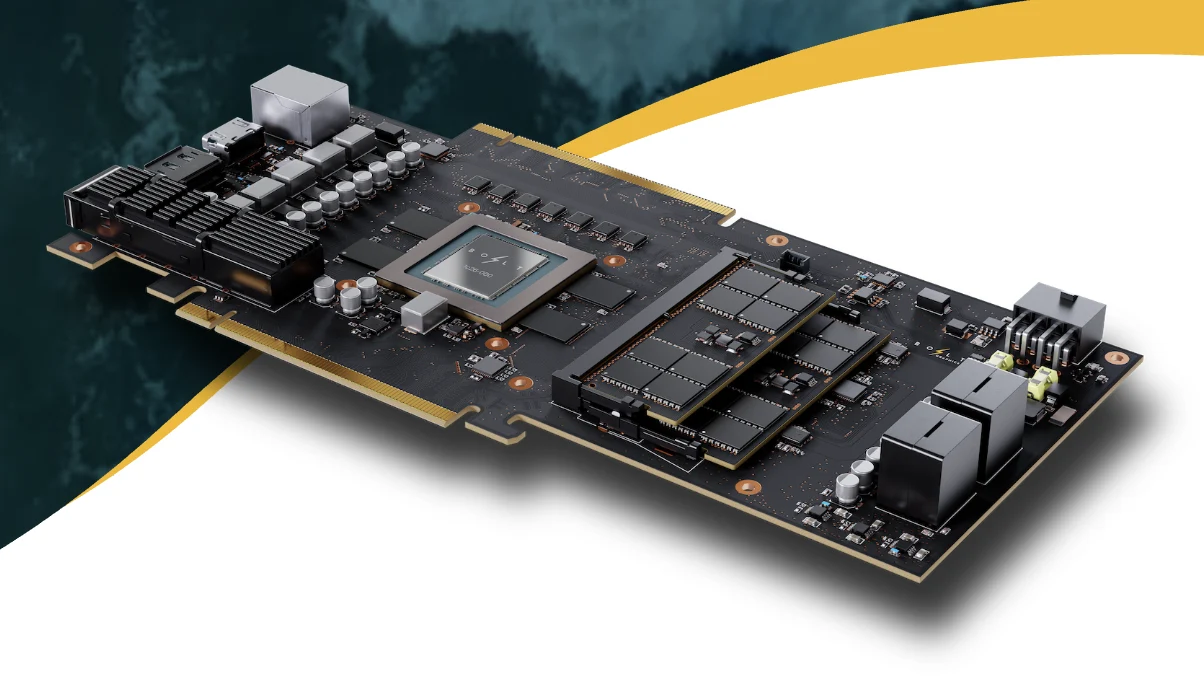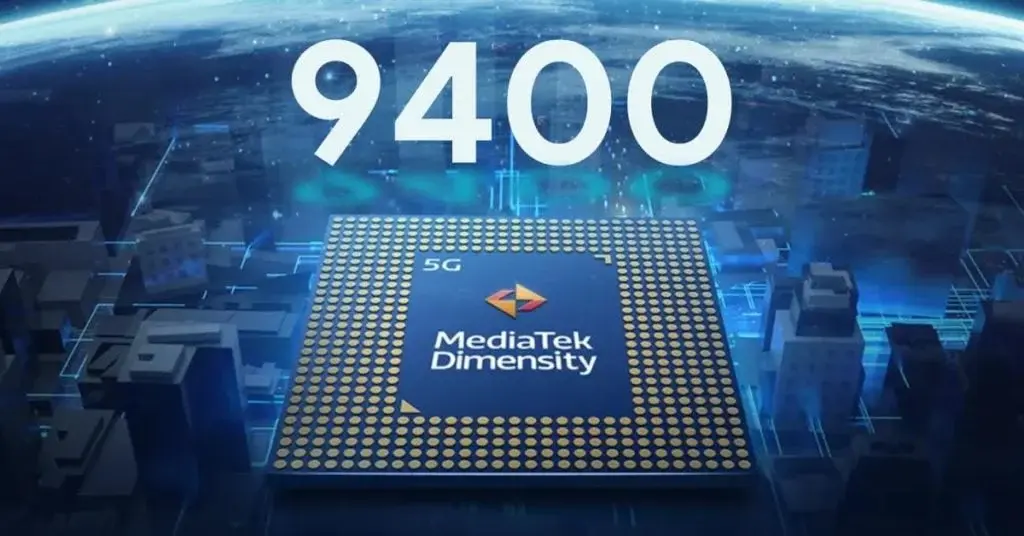Key Takeaways
1. The PlayStation 6 may significantly improve ray tracing performance, offering 5 to 10 times more capability than the PS5.
2. Rasterization improvements for the PlayStation 6 are expected to be minimal, not exceeding double the performance of the PS5 Pro.
3. Sony is shifting focus towards achieving a stable 4K120 experience rather than further enhancing rasterization.
4. A second, lower-priced model of the PlayStation 6 may be introduced, targeting 1080p resolution at around $299.
5. The primary PlayStation 6 model is anticipated to cost between $500 and $900, competing with the rumored Xbox “Magnus.”
A recent leak from Moore’s Law Is Dead suggests that Sony’s forthcoming PlayStation 6 could offer a significant boost in ray tracing performance, boasting capabilities that are 5 to 10 times greater than the original PlayStation 5. Conversely, improvements in rasterization are anticipated to be rather limited, reportedly not even reaching double the performance of the PlayStation 5 Pro. This indicates a notable change in Sony’s focus regarding performance.
Sony’s Strategic Shift
As stated by Moore’s Law Is Dead, this change stems from Sony’s internal evaluations, which reveal that most PlayStation 5 games already deliver a stable 4K60 or 4K80 experience, while user uptake of 120Hz remains relatively low. Instead of enhancing rasterization further, Sony seems to be concentrating on achieving a consistent 4K120 experience, along with significantly enhanced ray tracing capabilities. The PlayStation 6 is said to include custom silicon developed alongside AMD, designed to optimize the hardware’s performance on specific tasks like ray tracing and AI upscaling, akin to technologies like DLSS or FSR.
Potential Variants and Pricing
Moore’s Law Is Dead also hints at the introduction of a second PlayStation 6 model, potentially priced around 299 dollars. This version would share the same architecture but would be tailored for 1080p resolution. This strategy would resemble the dual-SKU approach seen with the PlayStation 5 and its Digital Edition, but with more pronounced hardware differences. The primary model is anticipated to retail between 500 and 900 dollars, positioning it as a strong competitor against the rumored Xbox “Magnus,” which could be approximately 30% faster yet also pricier.
In conclusion, Moore’s Law Is Dead hints that this is merely “the tip of the iceberg,” stating, “I honestly know a lot more but I can’t say anything yet” — so let’s keep an eye on further developments.





